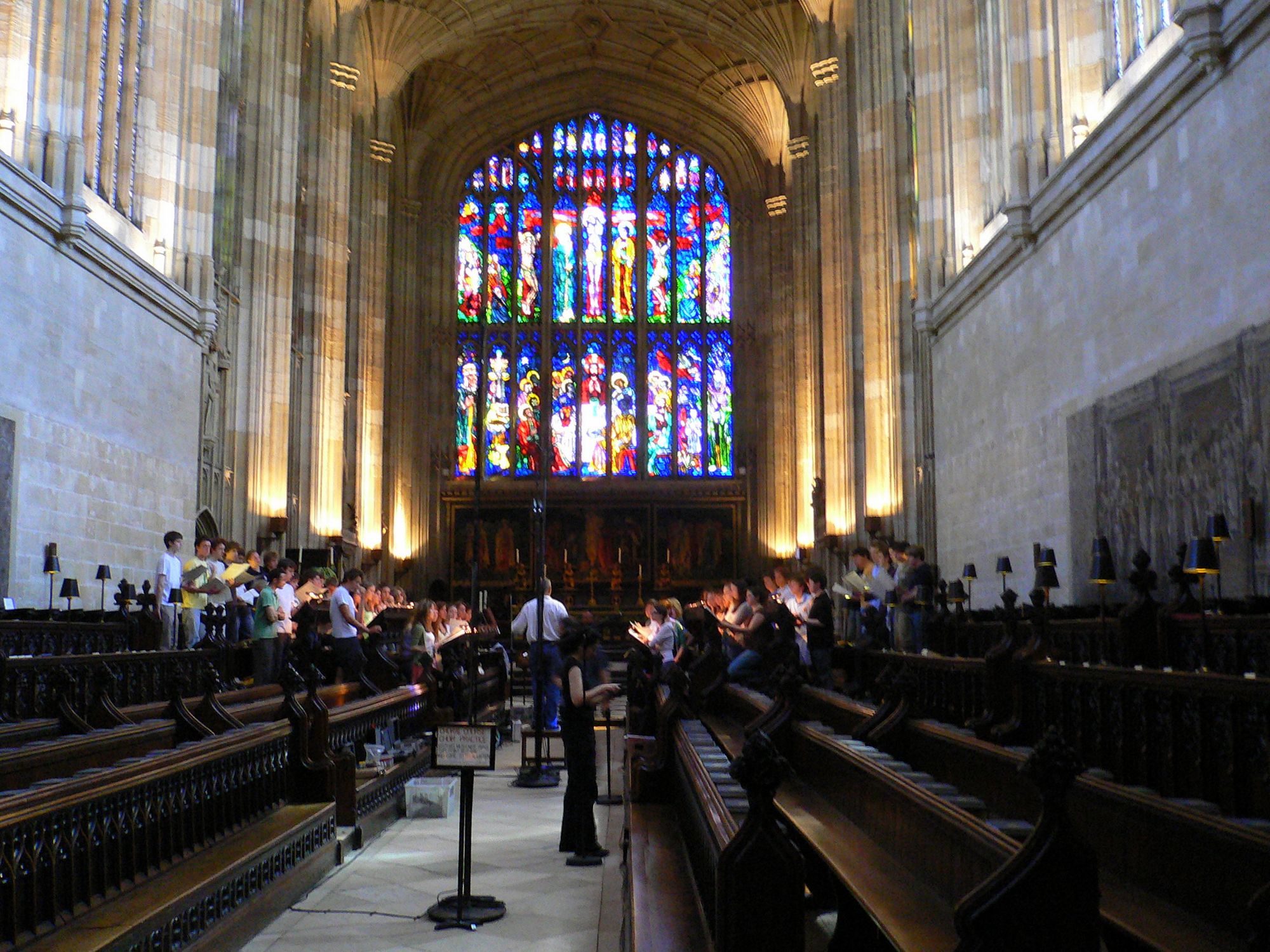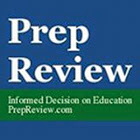The Junior Boarding School Advantage

For many aspiring Prep School students, the admissions process begins long before the fall of eighth or ninth grade. Some families can gain an indication of their child’s candidacy as early as fourth grade. Junior boarding schools, which are primarily located in New England and New York, are independent elementary and middle schools with a boarding program for middle school students. Not all students are required to board, and many choose to return home on weekends, but for many students living abroad, junior boarding schools are a good introduction to the academic setting that exists at New England Prep Schools, and entry to a junior boarding school can lead to Prep School admission. An introduction to junior boarding schools as well as a list of schools classified as such can be found on the Junior Boarding School Association website: http://www.jbsa.org. The website reads: “Students don’t just ‘mark time’ during those years at our schools but begin to ‘make their mark’ — academically, athletically, artistically, socially, and ethically.” Of those listed on the site, the most well-known at the Prep School level include Eaglebook, Fay, and Fessenden. During my time at St. Paul's, I would estimate I interacted with over forty students from these three schools alone.
Although I did not technically attend a junior boarding school, I attended the non-boarding equivalent, a boys private school located just outside of Boston, called the Fenn School. For those aspiring soccer players out there, Eaglebrook hosts a soccer tournament each year for varsity teams from each of these schools, the New England Junior School Soccer Tournament. The tournament, taking place on the first weekend of November each year, is a fond memory for all who played soccer for a junior boarding or day school during seventh, eighth, or ninth grade. Of equal significance is the fact that many Prep Schools, such as Middlesex, attend this tournament to view players for potential recruitment. I digress…
From my experience working in the St. Paul’s Admission Office, I will note that these junior boarding and day schools were identified as “feeder schools” in much the same way that Prep Schools are considered “feeder schools” to top American colleges. Admissions officers in top prep schools expect to see applications from these schools each year, and have established relationships with the secondary-school placement offices at junior boarding schools due to familiarity. As a side note, I would also mention that students from junior boarding schools often perform better than many of their peers during their first year at Prep Schools. Over time, the field becomes level and many of these junior boarding students are overtaken, but first-year performance seems to suggest that schools like Fay and Fessenden do a good job of preparing their students. That said, I struggled heavily during my first year and a half at St. Paul’s, and I do believe I was underprepared at Fenn as my top marks there did not translate into success to begin with in Prep School. While preparation and performance can be debated, the success of junior boarding and day schools in matriculation to top Prep Schools cannot be questioned. Below, I have included a table of five graduating classes from my junior day school, Fenn, and a select sample of Prep Schools. I would note that Fenn was not the most successful in Prep School Admissions, and families should reference matriculation details for Fay, Fessenden, and Eaglebrook for what I imagine are more indicative results. I have not included all of the Prep Schools for Fenn’s student matriculation, and for more detailed information, one can reference the website: http://www.fenn.org/page.cfm?p=517. What is important to notice, however, is that in a graduating class of 70, far more students go onto Prep Schools than the local high-school, Concord Carlisle High School. As noted, the number of students who matriculate at the local Prep Schools, Middlesex and Concord Academy, which are also located in Concord, is far greater than those who attend the local public school. To the Eight Schools Association, which is considered the most selective league of Prep Schools, Fenn has sent 26 students in the past five years. Fenn has sent 146 (30 per year out of 70) students to the Independent School League. My parent’s photo collection is full of athletic contests in which I competed with and against junior boarding and day school friends.
| Prep School | Attendees '11-'15 |
| Belmont Hill School | 9 |
| Concord Academy | 33 |
| Concord Carlislie High School | 49 |
| Deerfield Academy | 5 |
| Groton School | 18 |
| Lawrence Academy | 23 |
| Middlesex School | 31 |
| Milton Academy | 4 |
| Nobles and Greenough School | 6 |
| Phillips Academy Andover | 13 |
| Phillips Exeter Academy | 3 |
| Rivers School | 10 |
| St. Mark's School | 20 |
| Total Local High School | 49 |
| Selected Prep School | 175 |
Furthermore, many of these junior schools include education up the ninth grade, meaning that students have the opportunity to prepare for an additional year should they choose before applying to Prep Schools. Or, in the event that applications are unsuccessful, an additional chance to re-apply. When I was an eighth grader at Fenn, I did not apply to back-up Prep Schools, as if I had not been accepted to my top choices, I had chosen to attend Fenn for the ninth grade. That way, I could really focus my efforts on my top choices, and would have included back-up choices the following year as a ninth grader. Many of my peers choose to spend their ninth grade year at Fenn, and then applied as freshman for Prep Schools, effectively repeating their freshman year. Those same peers, while graduating a year behind me, were very successful in both their Prep School applications as well as their college applications. For athletes, they had another year to develop both physically and athletically before starting high-school. For others, the ninth grade offered an opportunity to identify areas of interest that they could better explore in high-school. Personally, I was very satisfied with my choice to leave after eighth grade; that said, I was very fortunate to have two wonderful options for Prep School, which I will write about in my next entry!
While more expensive, junior boarding and day schools present a great option to get ahead both academically and in the Prep School admissions process. These schools possess familiarity with Prep School Admission offices, as well as providing services such as mock interviews, and also offers means through which you can gain an advantage for admission (athletic recruitment, SSAT preparation, powerful faculty recommendations). They also offer the advantage of a ninth grade should students wish for another year for maturation before matriculating to a New England Prep School.
Image credit: Harry Lawford
Copyright: https://creativecommons.org/licenses/by/2.0/

